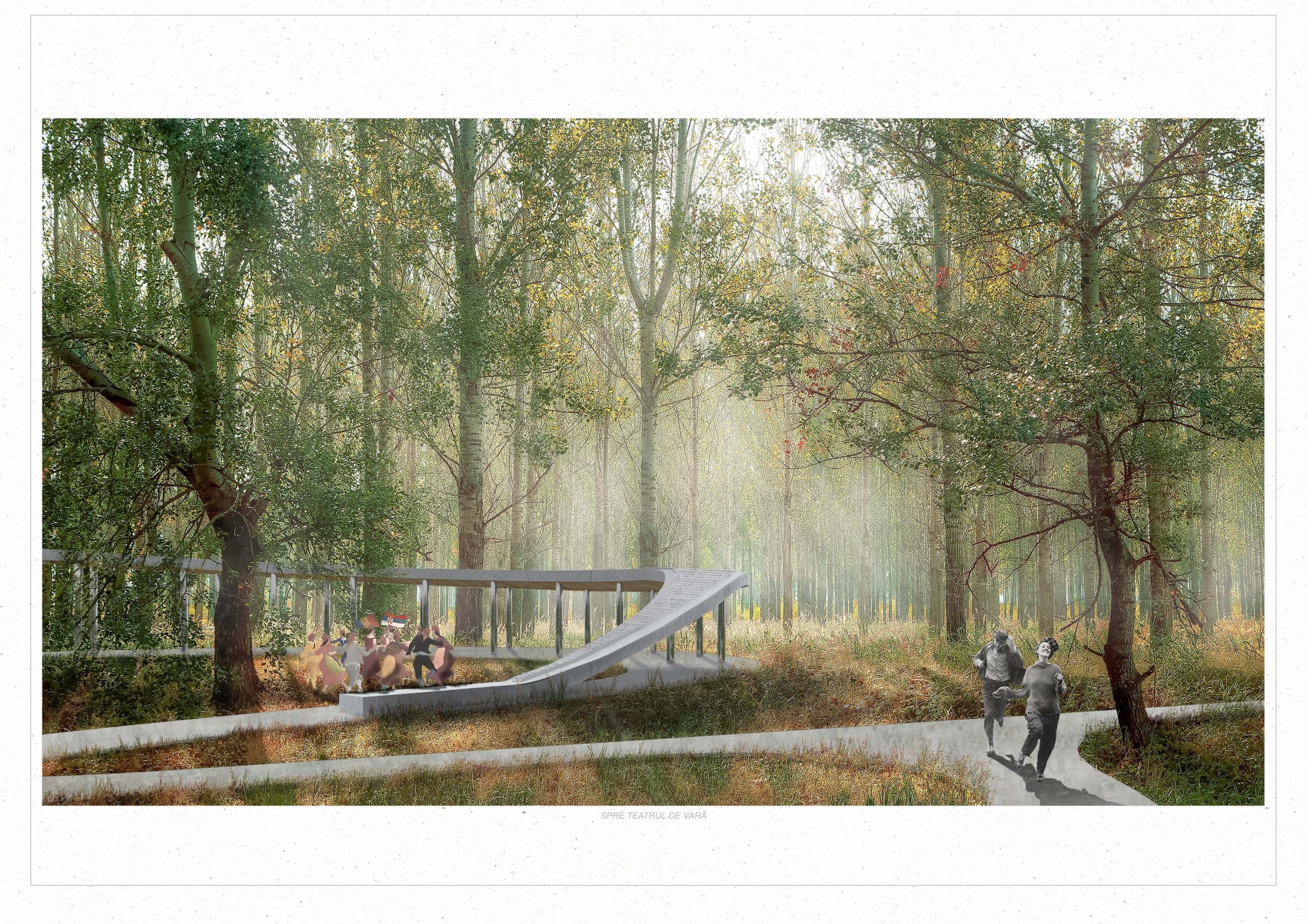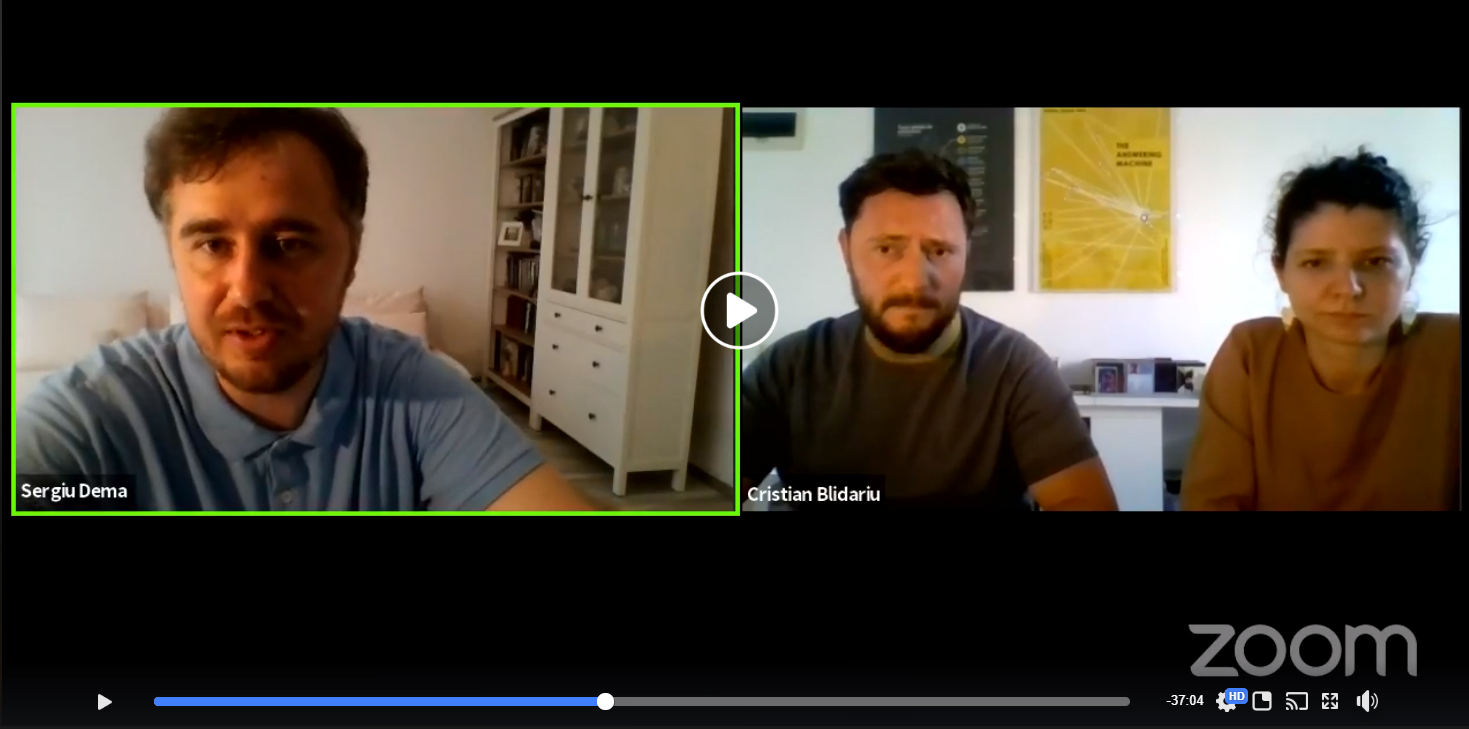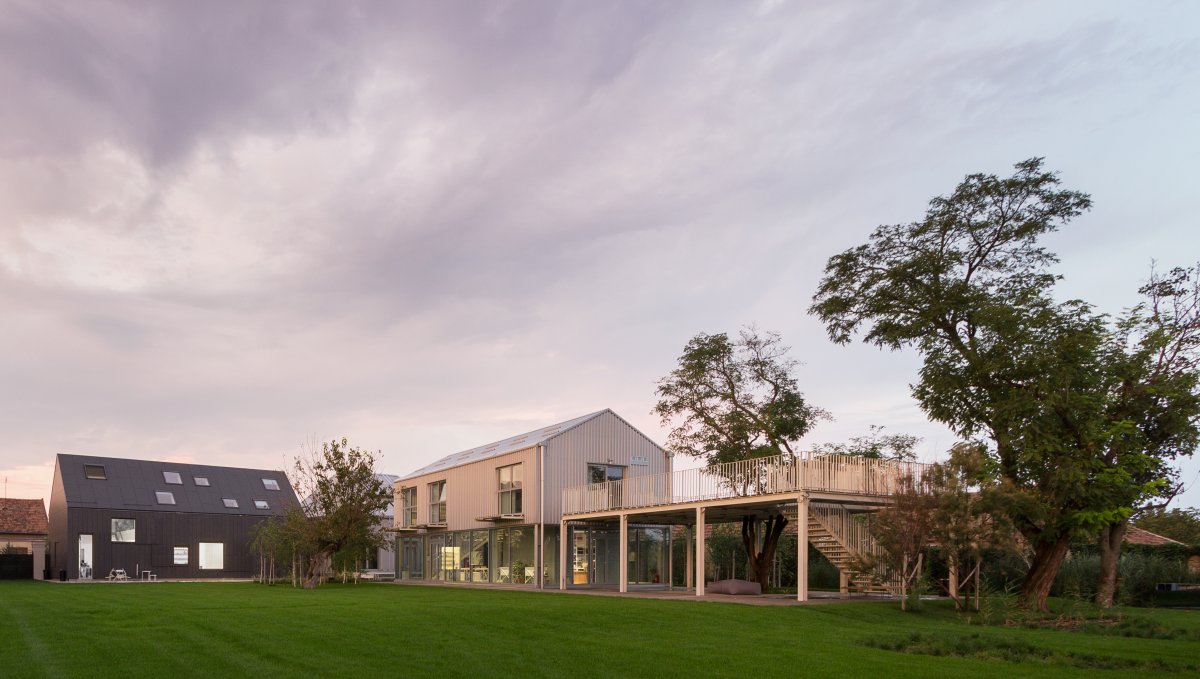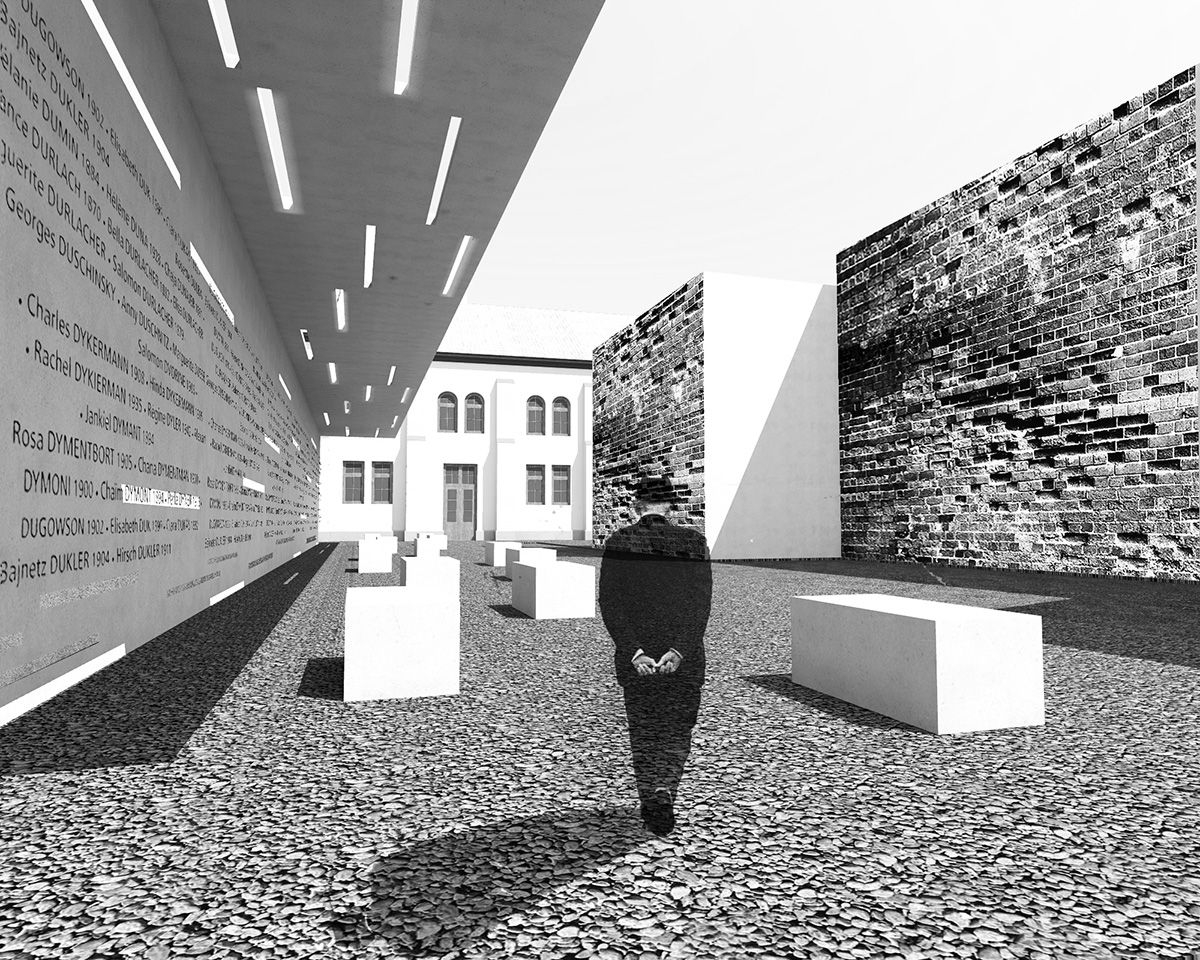
Small scale interventions in Debrecen
We continue our posts highlighting the work of our partners by looking at the Architecture school In Debrecen.
The Department of Architecture of the University of Debrecen is the only institution on the east side of the Danube where architecture is taught in Hungary. Due to this geographical attribution the department is focusing on local issues, maintaining a strong relationship between the city of Debrecen and the broader region.
Due to the small size of our department teaching takes place in small groups, ateliers which facilitates the motivating relationship between students and tutors. The architectural programs are focusing on local and real problems which results several benefits. The students recognize much deeper their local region and its architectural issues. Local actors are involved during the whole process of architectural design, so the students meet several diverse points of view, so they should work with interdisciplinary approach. We believe that making dialogue towards the society is a very important role of contemporary architecture. For that reason we try to help the region to understand architectural problems.
We believe in realization of projects which means that we can modelling a whole construction process from the beginning – conception – to the end – realization. It can be possible only in small scale such as furniture, installations, small scale buildings. We are trying to implement such a project each semester.
Small scale projects of the department
Holocaust Memorial – 2015 Debrecen
The first realized project of the department was a city request for a holocaust memorial in Debrecen. The project started with a student competition inside our master degree program. The winner – Marianna Nagy – was working onward on the design with her tutor – Péter Sugár – until the completion.
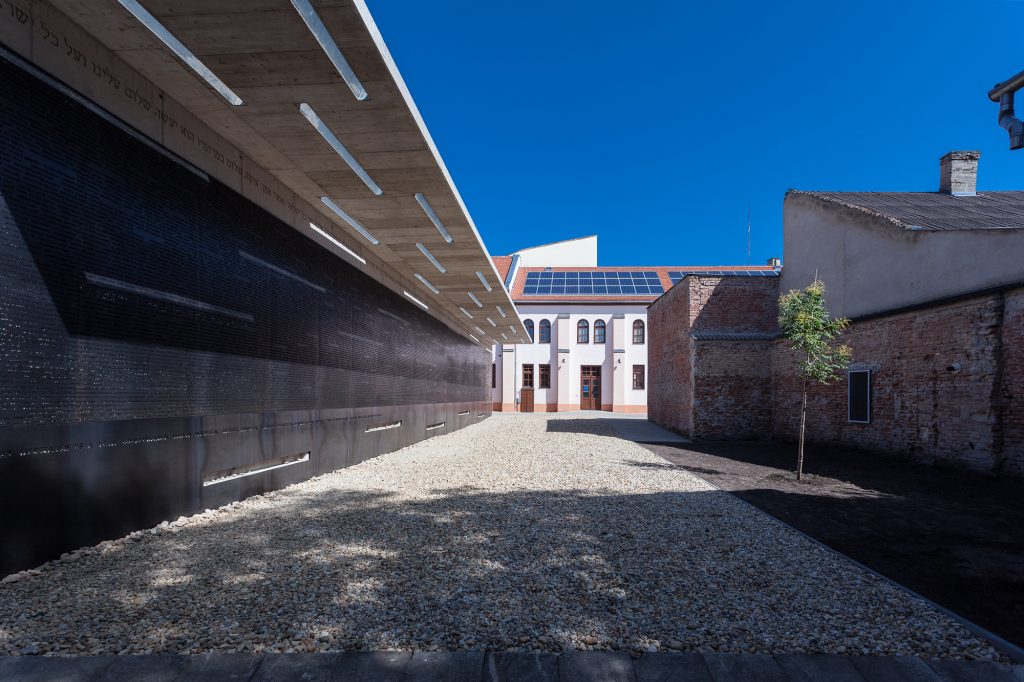
Faculty building – 2017 – 2019 Debrecen
The building of our faculty was built about 50 years ago. During the decades there were several modifications, but todays it doesn’t function well as a good learning space. We started a semester project for the forth year bachelor program to think about small scale interventions inside the building. The diverse and demonstrative works convinced the management of the university to allocate resources to convert the existing underused spaces into vibrant, inspiring, multiused situations. In that case the final project was developed by the department based on the conceptions of the students.
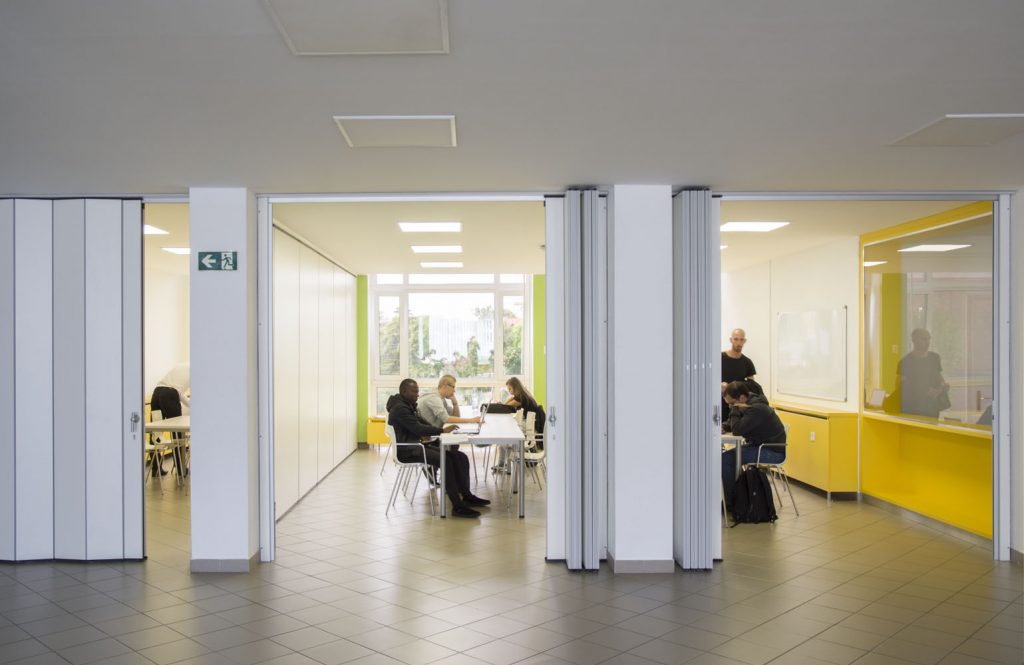
Outdoor installations for the faculty – 2019 Debrecen
site specific reflections for the dysfunctional spatial situations
In both the bachelor and master program there are courses where students are working from conception to realization in a small scale object, installation, where they have to make everything with tutor’s help. In these projects they understand the properties, possibilities and consequences of the materials. During the last year project the students of the master program worked for the courtyard of the faculty. They explored the existing usage and tried to broaden it.
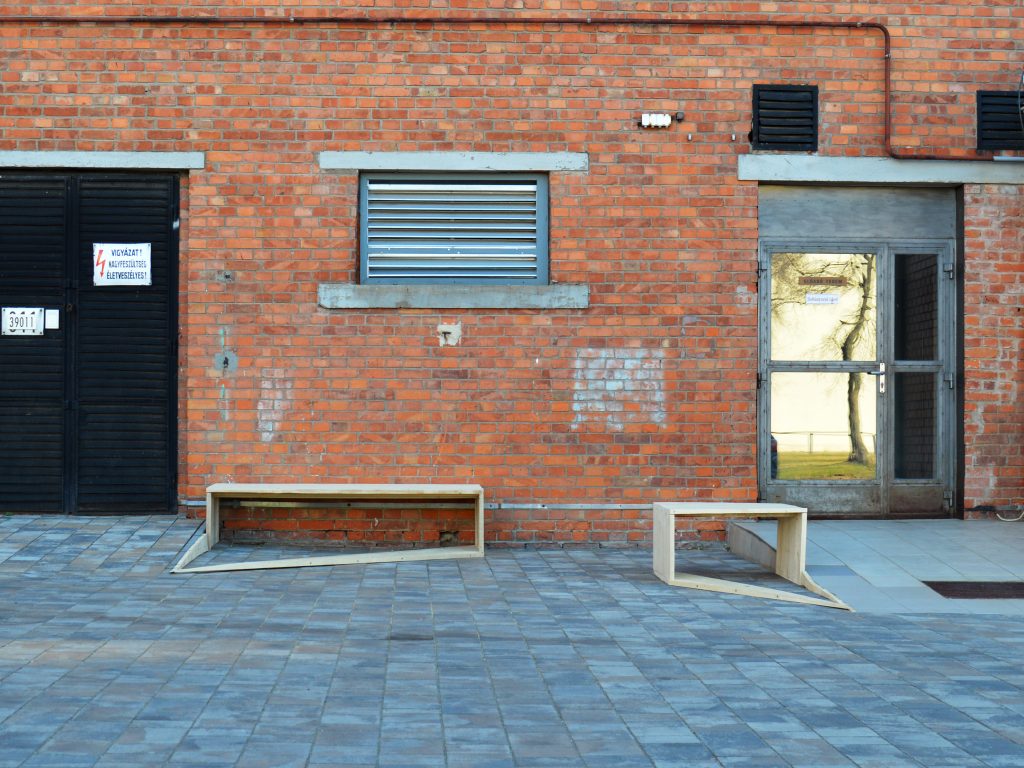
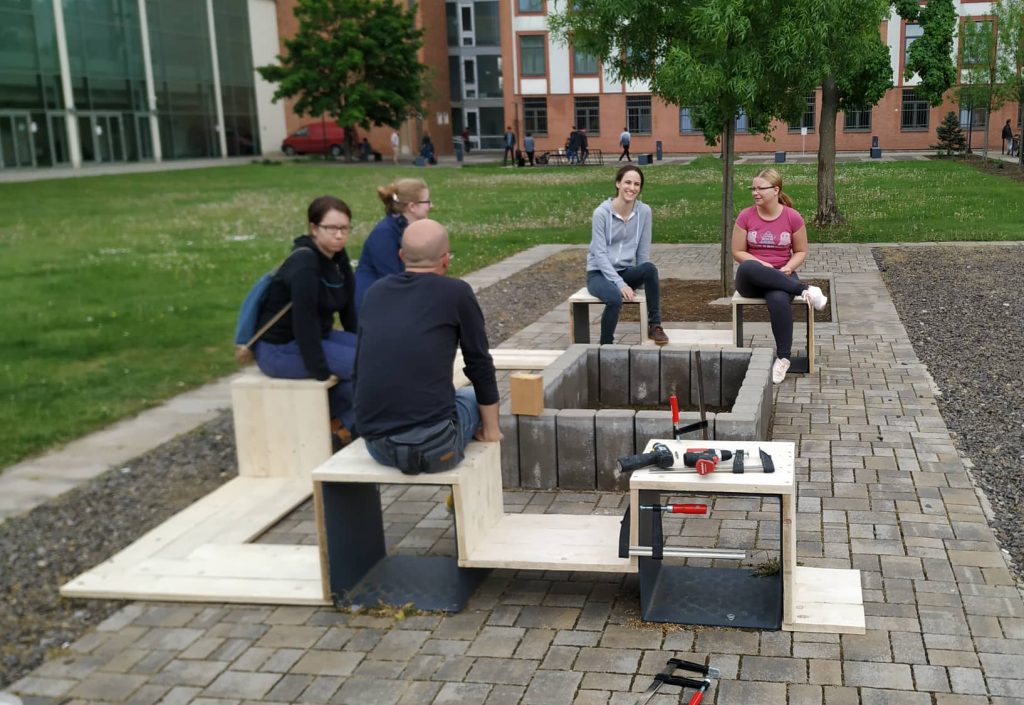
Drier workshop – 2016 – 2020 Debrecen
5 years ago we found a small, unused, old storehouse in Debrecen. It used to be the storage of the tanner workshop, but now it is a very bad condition despite of his protected status. We started to think about how it can be resurrected. Finally we imagined it as a communal creative hub, where artists, students and other creatives of the city can work together, organise events, programs. During a student competition we chose the most adequate design which was elaborated by the students and their tutors. Meanwhile we were able to convince the city and the university to support our idea and to convert the abandoned building into a new creative center of the city. The construction will start soon and we hope that in autumn the creative life can start in it.
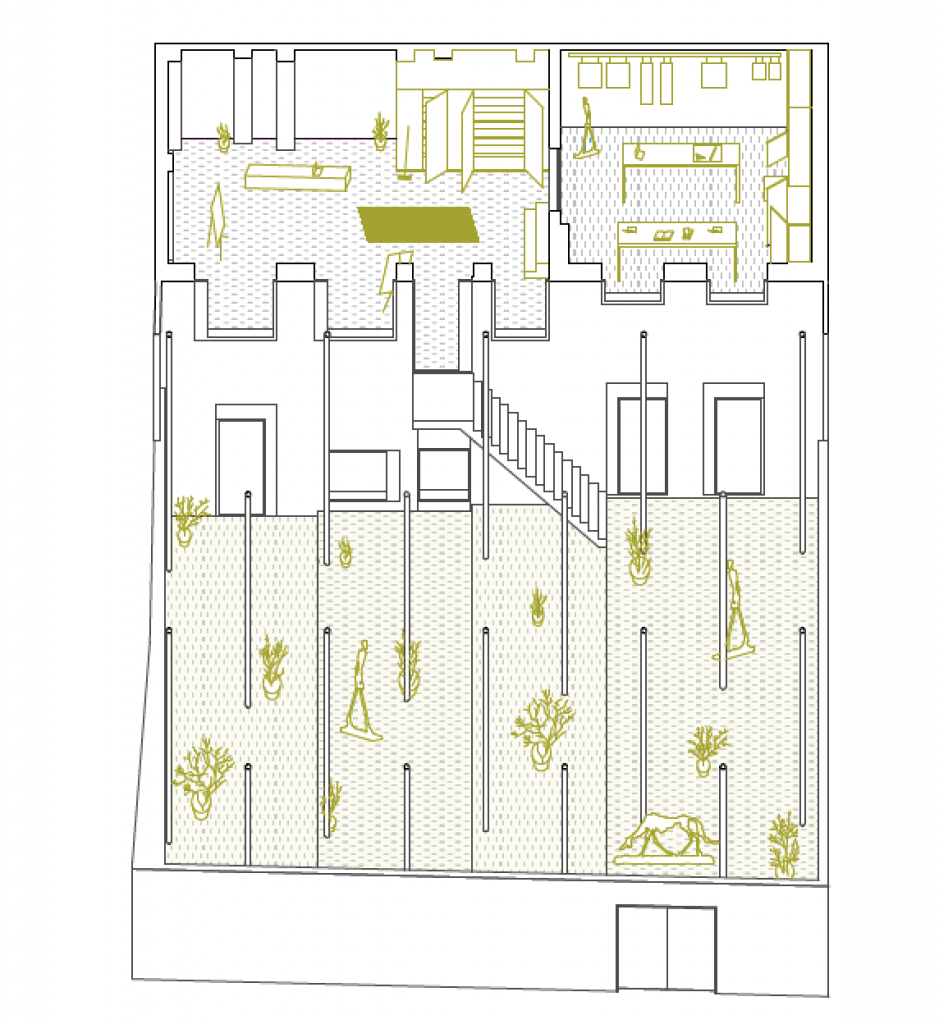
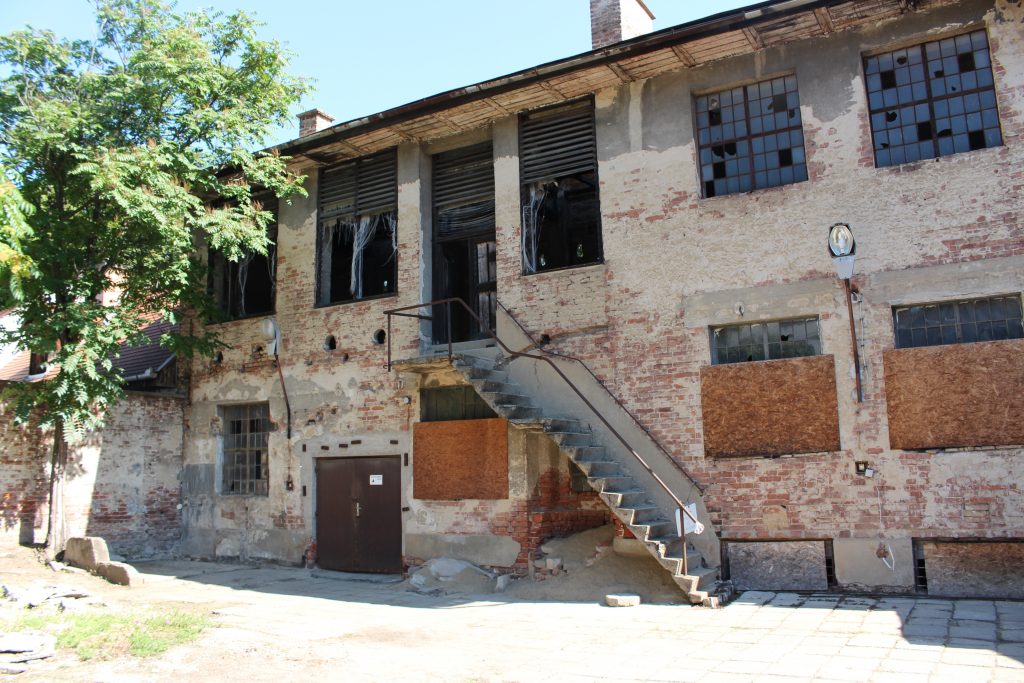
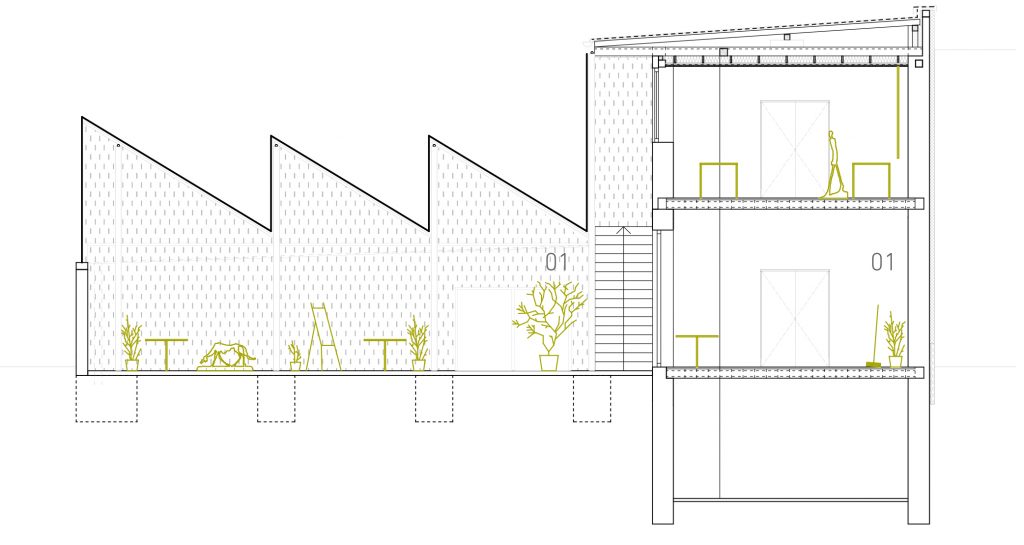
text: Tamás Szentirmai





